Stretching for nearly 170 km through lush green landscapes and charming northeastern French villages, the Alsace wine route is prized for very good reason. It produces some of France’s most distinctive (mostly white) wines, from Riesling to Gewurtztraminer and Pinot Noir—and its local winstubs (wine cellars/taverns) have a distinctive charm all their own, often serving both regional bottles and hearty, delicious Alsatian cuisine. What’s more, like Burgundy’s own vintnering culture, Alsace is full of secrets and quietly prestigious traditions: ones that any wine lover will delight in experiencing. When embarking on an exploration along this coveted wine route, make sure to follow these 4 tips to ensure your trip is truly exceptional.
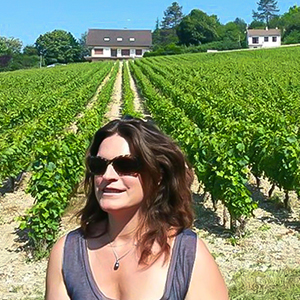
Founder
The Alsace wine route is prized for good reason. When winetasting in this unique region, make sure to follow our tips to ensure you visit the most prestigious cellars—and experience the best bottles.
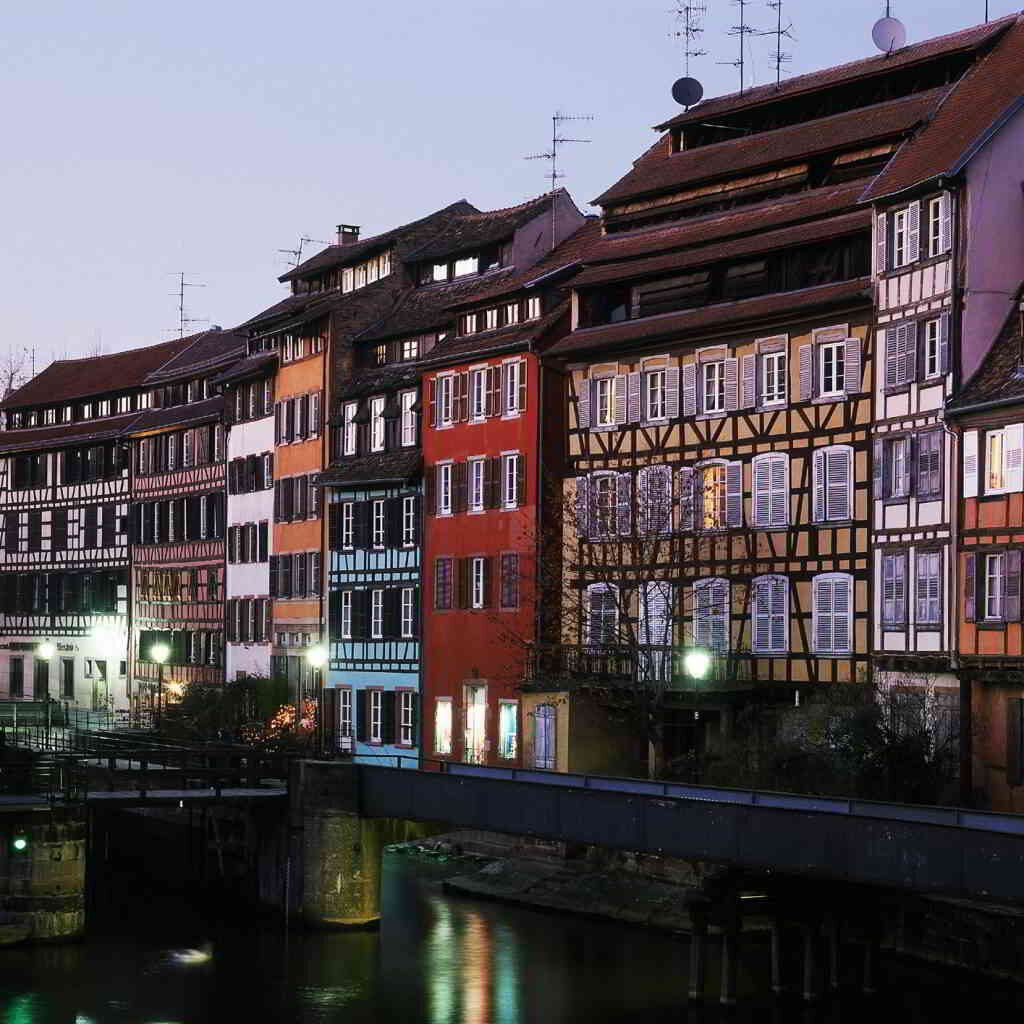
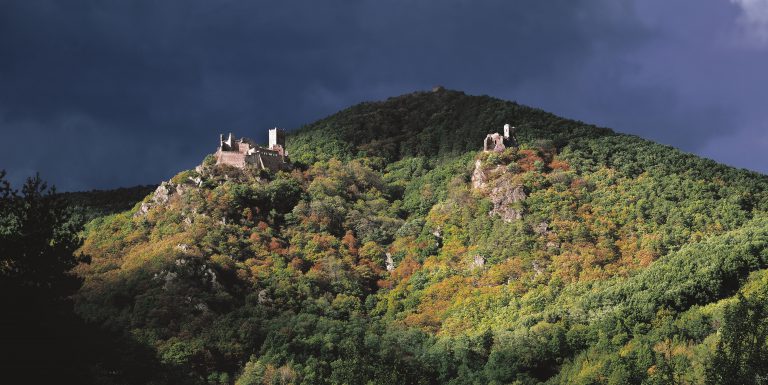
One of the most charming points about the Alsatian wine route are its dozens of small cities and villages, dotted between Strasbourg in the North to Mulhouse in the South. On a first trip to the region, many visitors remain in the big to mid-tier cities such as Strasbourg and Colmar, and fail to explore the countryside cellars and vineyards that are the heart and soul of Alsace. This is why it’s crucial that you balance your time between the hubs and the tiny, centuries-old villages that have been involved in winemaking for generations. Whether you wish to drive, cycle or even walk through the beautiful green countryside, this is an experience that’s as rustic and authentic as it is luxurious.
Of course, it’s nearly impossible to visit all the most renowned villages and vineyards on a single trip. If you have only two or three days to see the best of the region and taste some of its finest wines (see tip #2), it might be wisest to begin by touring the area around Colmar, the wine capital of Alsace, and venture south to the Haut Rhin, where most of the region’s more prestigious Grand Crus are produced.
Colmar, a storybook-pretty town which draws crowds at Christmas for its festive, traditional markets, is also a major wine hub that is an essential stop on any itinerary. It is the starting point for exploring renowned vineyards in winemaking towns nearby such as Eguisheim, Orschwhir, and Katzenthal. You should also spend a day touring the city itself, admiring its medieval architecture and brightly coloured houses, and tasting wines and local gastronomy in some of the city’s best restaurants and winstubs.
Winemakers and vineyards that are especially noted and worth visiting around the city include the Domaine Emile Beyer in Eguisheim, a family producer that has been winemaking in the area since the late 16th century, and is renowned for its high-quality Rieslings and Gewurtztraminers, as well as outstanding Grand Crus. Tastings take place in medieval cellars, and offer an ideal glimpse into the history of viintnering in this sunny, formerly Roman town.
For a glimpse a a more modern approach to winemaking in the area, you might want to stop at the Winery Klur Clement, a family-run producer in Katzenthal that is Alsace’s smallest; they make excellent biodynamic and organic wines and offer tastings accompanied by local produce.
Moving further north of Colmar, some of the essential villages and vineyards to see include those of Ribeauvillé and Riquewihr, with their distinctive timbered houses and rolling hills; the lovely medieval town of Kaysersberg with its breathtaking chateau, and nearby Kientzheim. There are numerous excellent wineries and vineyards dotted throughout these enchanting towns; your guide will introduce you to the very best among them.
In the Haut Rhin, it’s highly recommended that you visit the villages and vineyards of Orschwir, where producers such as the Domaine Valentin Zusslin offers an excellent Grand Cru Pfingstberg; Pfaffenheim, home to producers such as the Domaine Riefle-Landmann, applauded for their Grand Cru Riesling Steinart, and Turckheim, a stunning southern village where one of Alsace’s most prestigious winemaking families, the Domaine Zind-Humbrecht, produces several coveted Grands Crus across 40 hectares of vineyards.
Of course, these are only a few of the outstanding places to explore in this off-the-beaten-path wine region. Your private guide will initiate you to many more. using their personal contacts to arrange wine tastings with vintners who are generally less accessible to the public.
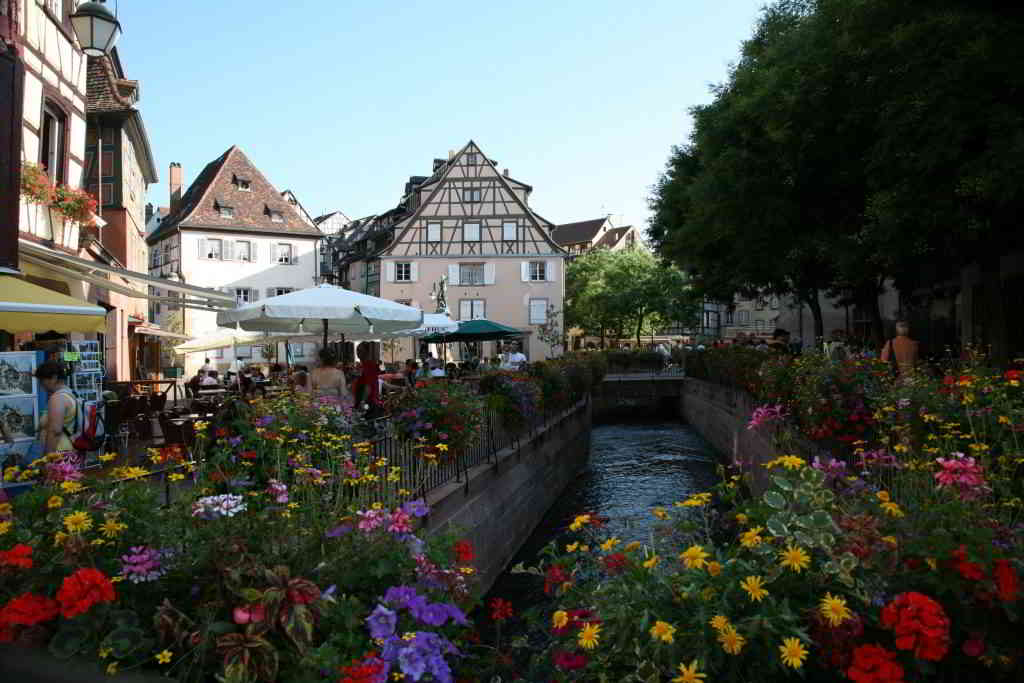
You certainly don’t need to become an expert– but learning at least a bit about Alsace’s wines and terroirs — the precise geographic conditions that make a particular variety of wine so distinctive– will go a long way in helping you to feel engaged during your trip.
Geographically, the Alsatian wine route is divided into the Bas-Rhin and Haut-Rin areas, situated along the northern and southern ends of the Rhine river which flows to to the east. The Bas-Rhin is located in close reach of Strasbourg, while the Haut-Rin lies in the south, in the Vosges mountain range. While both “terroirs” make wonderful wines, the Haut-Rin is more commonly associated with the region’s most-prized bottles and varieties. It is in this area that the ultra-prestigious Alsace Grand Crus are produced.
Alsatian wines are generally divided into three main categories: Alsace AOC, which are still white wines; Crémant d’Alsace AOC, which are lovely sparkling white and rosé wines comparable to champagnes, or Crémants from Bourgogne and the Loire Valley; and Alsace Grand Cru AOC varieties, which are special-edition wines yielded from a small number of vineyards. There are a total of 51 of these. Of course, on any luxury tour in the region, you’ll want to taste as many from the third category as possible, and spend time in the prestigious vineyards that produce them. Your private guide will ensure you home in on the best cellars and producers, and indulge in some truly exceptional tastings.
Some 90% of Alsatian wines are whites, made from Riesling, Pinot Blanc, Sylvaner or Gewurtztraminer grapes. While neighbouring Germany has its own native whites made from the same grapes, those of Alsace are entirely unique. One of the most interesting whites, with a truly distinctive flavour, is the Pinot d’Alsace, which blends many of the white grape varieties native to the region and presenting a unique golden hue. The region also produces some interesting reds and dessert wines– all of which are worth tasting!
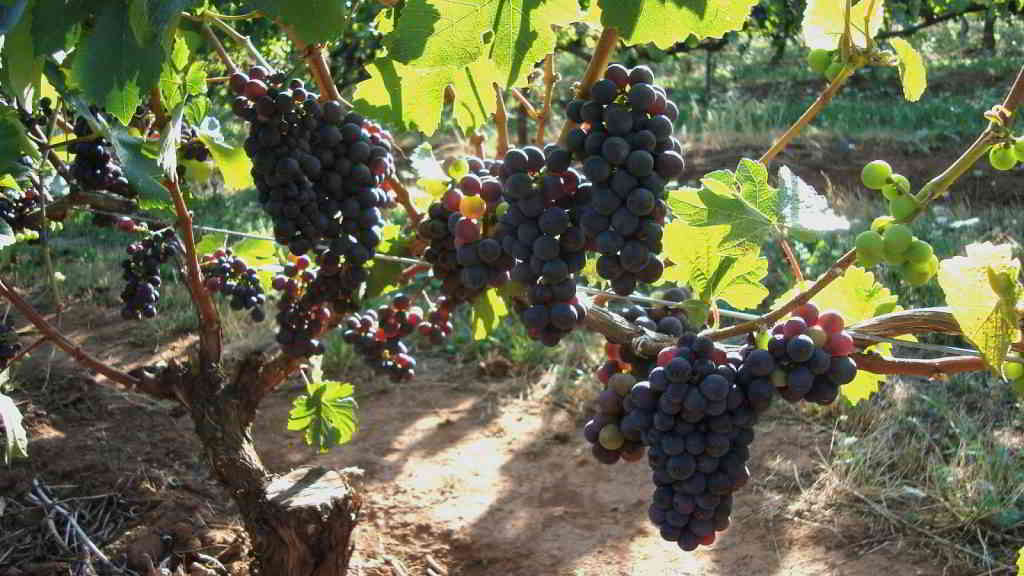
Wine festivals are a nearly year-long fixture in Alsace. Joyous “bacchanalias” mark almost every season in the region, moving through the villages and winstubs in succession and offering you plenty of opportunities to take part in authentic, wine-centric festivities. There are nearly 50 of these occasions throughout the year, consisting in full programs of tastings, music and theatre performances, and other events.
The summer and fall are especially busy and exciting moments in the region. In late July through mid August, the annual Foire aux Vins (Wine Fair) in Colmar has an accompanying festival that sees internationally renowned performers take to the an open-air stage in an enormous arena. This is an excellent moment to taste local wines while taking part in the free-spirited summer ambience in Colmar.
Later in August, the Alsace Winegrower’s Festival in Eguisheim, located in the heart of some of the region’s most-prized vineyards, is a wonderful way to open the harvest season. Open cellars offer unique tastings, while traditional dance, music and costumed processions bring the streets to vibrant life.
Finally, while you might be tempted to rent a car and tour Alsace’s loveliest villages and cellars on your own, hiring an expert in local wines and makers will guarantee that your experience in the region is both authentic and luxurious. Our privileged relationships with local vintners and cellars mean you’ll be able to experience V.I.P. tastings with prestigious Alsatian winemakers—ones most visitors never get to encounter at all. And if it’s a long, romantic country drive through the region’s loveliest villages and vineyards you’re after, why not consider a tour in a vintage Citroen 2CV? Let the wind blow in your hair as you wend through storybook towns and lush landscapes, stopping at cellars and winemaking properties along the way.
What’s more, your local guide can offer concierge-style recommendations and travel arrangements, from where to dine in the area to stays in the region’s best hotels. Luxury travel, after all, is all about letting the logistics and stressful aspects of travel fade into the background, as you sit back, relax– and make unforgettable discoveries. Hand the details over to the experts so you can do just that.
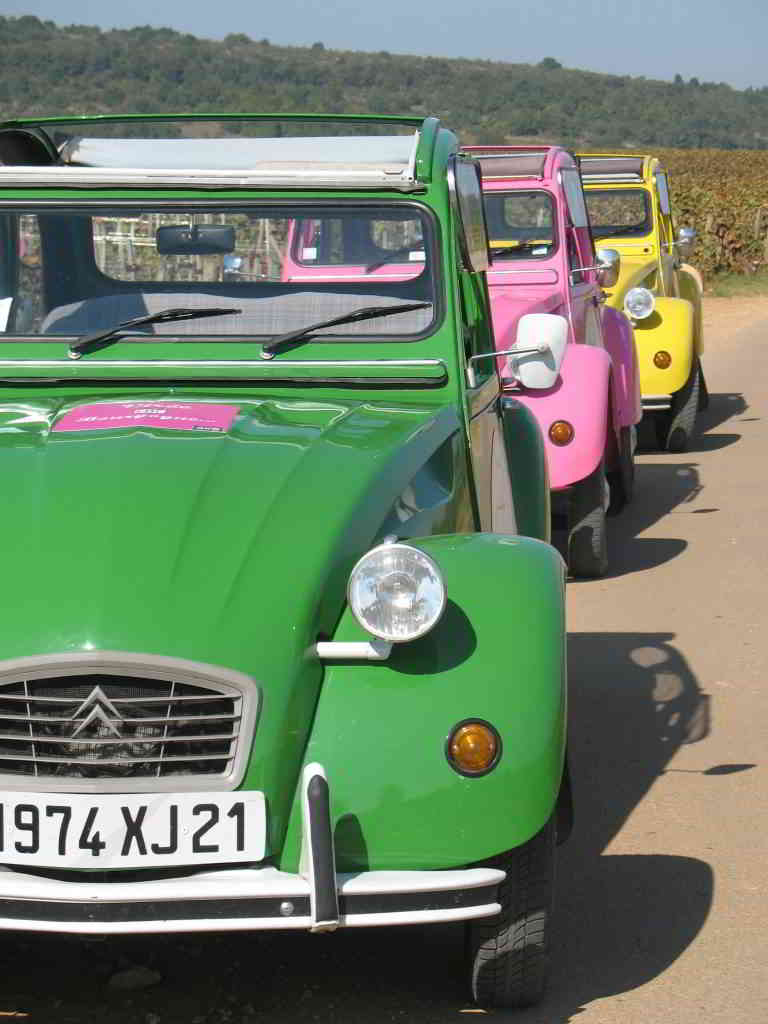
Did you like the content? Share it now!
Inspired to embark on your own tour of the Alsatian wine route yet? If so, get in touch with us—we’ll design an entirely bespoke itinerary for you, and make sure you see and taste only the very best.
Did you like the content? Share it now!
To provide the best experiences, we use technologies like cookies to store and/or access device information. Consenting to these technologies allows us to process data such as browsing behavior or unique IDs on this site. Not consenting or withdrawing consent may negatively affect certain features and functions.
